Lotus extract used in the cosmetic industry
The Lotus flower suppresses nitric oxide (NO), IL-4, and IL-10, which signal anti-inflammatory processes (Anti-oxidation), bacteria (Antibacterial action), and melanin synthesis. As a result, it may be used in products that calm the skin (Nurishing), goods for acne sufferers, products for allergic skin, and products for clear skin.
Lotus extract in the food supplement industry
Lotus pollen lowers blood sugar levels (Hypoglycemicactivity), decreases blood pressure, has an antioxidant impact (Anti-oxidation), reduces inflammation (Anti-inflammatory), and aids in sleep. It works by blocking the enzyme Acetylcholinesterase, which aids in the prevention of memory loss and nervous system dysfunction. Aids in the relief of fever (Antipyretic action) and the nourishment of the body (Aphrodisiac activity).
Lotus Extract
Bua Luang has the scientific name Nelumbo nucifera Gaertn. It belongs to the Nelumbonaceae family and is endemic to South and Southeast Asia. They are endemic plants in Thailand. It has several applications in both consumption and culture. It is said to heal excessive urination and nosebleeds in Chinese scriptures. Lotus pollen is used to nourish the heart, lungs, liver, heal fever, reduce rashes, ease nausea and vomiting, and replenish the components in the body, according to Thai medical texts. It has been discovered that it is utilised in conjunction with other herbs, for example, in herbal medicine preparations. Tri Kessel Mat Recipe, Hom Nawas Recipe, The Five Pollen, The Seven Pollen, and The Five Lotus Locations to treat fever, tiredness, nosebleeds, and diarrhoea.
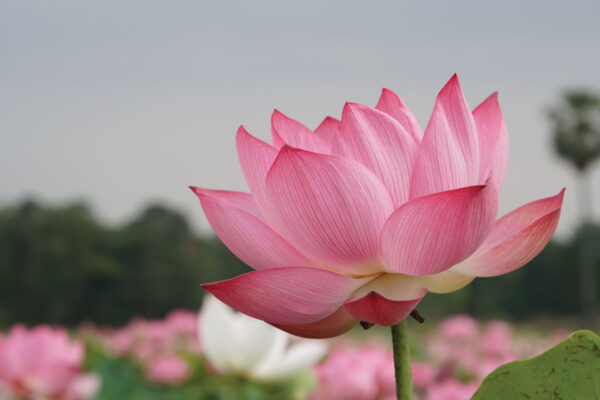
Chemical composition of Lotus extract
The Lotus flower’s principal chemical ingredients include quercetin, luteolin, isoquercetin, and luteolin glucoside. Quercetin, Luteolin, Luteolin Glucoside, Kaempferol, Kaempferol-3-galactoglucoside, and Kaempferol-3-diglucose are the primary chemical elements of the lotus flower. As a result, it has an antioxidant effect (Anti-oxidation) Reduces oxidative stress, anti-inflammatory (anti-inflammatory) antimicrobial, bacteria and fungus, and aids in blood sugar control. It also causes blood vessels to dilate. Lowers blood pressure and resists irregular heartbeat, helps to nourish the nerves and heart, alleviates fainting symptoms, relieves pain, expel phlegm, helps diabetic patients minimise the incidence of diabetes and eye issues, and supports pregnancy.
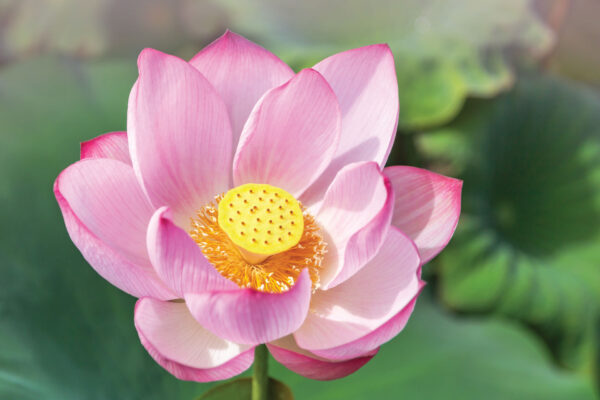
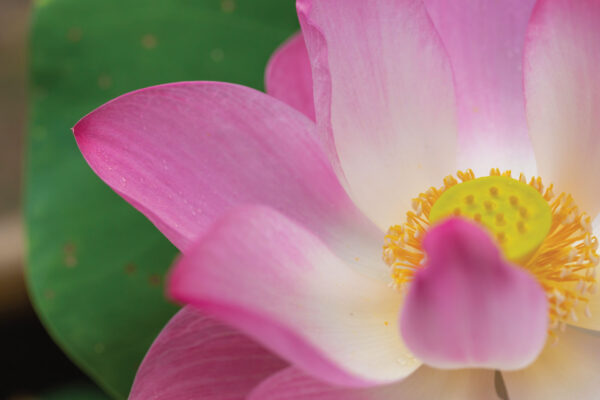
Properties of Lotus Extract
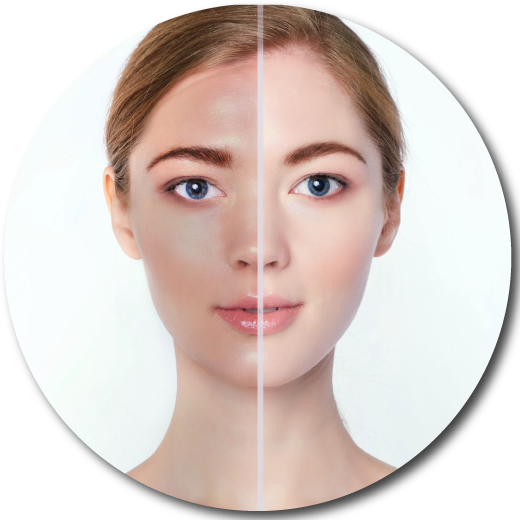
Brightening
Solve the problem of dullness, adjust the color of the skin to be white, smooth, consistent
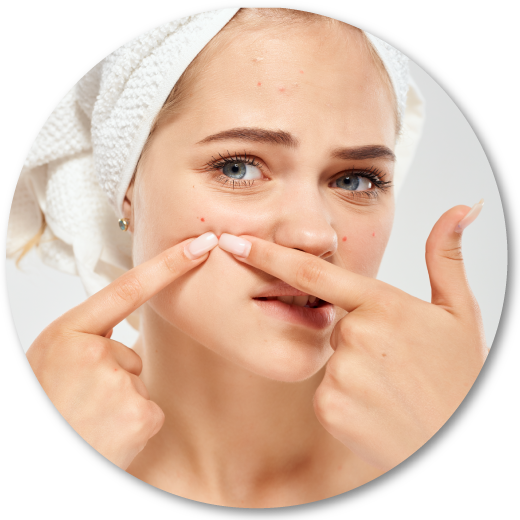
Anti-acne
Reduce acne problems

Immunity
Strengthen the immune system for the body
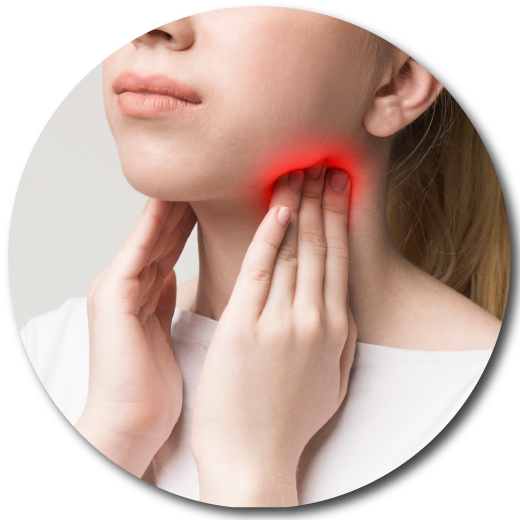
Anti-Inflammatory
Pain relief anti-inflammatory
Continuing the research development of Lotus extracts
Lotus pollen extracts can be utilized in additional research to investigate the chemical makeup of various sections of the lotus, such as roots, rhizomes, petals, pollen, stems, and lotus leaves, in order to study the efficiency of lotus extracts in each region. Extract Purification, Efficacy, and Stability Extraction tests Creating an extraction pattern to utilized and can apply a technological form to contain the active component in the product. In the development of research and natural extracts, TIBD now collaborates with major research institutes both locally and abroad, such as Japan and Brazil. However, if you are interested in co-investing in the form of research development, commercial patent development, or continuing to make product formulae under your brand, you may contact the firm through any channel.
Reference
Kaur, Prabhsimran, et al. “A brief review on pharmaceutical uses of Nelumbo nucifera.” Journal of Pharmacognosy and Phytochemistry 8.3 (2019): 3966-3972.
Sheikh, Subzar Ahmad. “Ethno-medicinal uses and pharmacological activities of lotus (Nelumbo nucifera).” Journal of Medicinal Plants Studies 2.6 (2014): 42-46.
Tungmunnithum, Duangjai, Darawan Pinthong, and Christophe Hano. “Flavonoids from Nelumbo nucifera Gaertn., a medicinal plant: uses in traditional medicine, phytochemistry and pharmacological activities.” Medicines 5.4 (2018): 127.
Mehta, Nishkruti R., et al. “Nelumbo nucifera (Lotus): a review on ethanobotany, phytochemistry and pharmacology.” Indian Journal of Pharmaceutical and Biological Research 1.04 (2013): 152-167.
Paudel, Keshav Raj, and Nisha Panth. “Phytochemical profile and biological activity of Nelumbo nucifera.” Evidence-Based Complementary and Alternative Medicine 2015 (2015).


